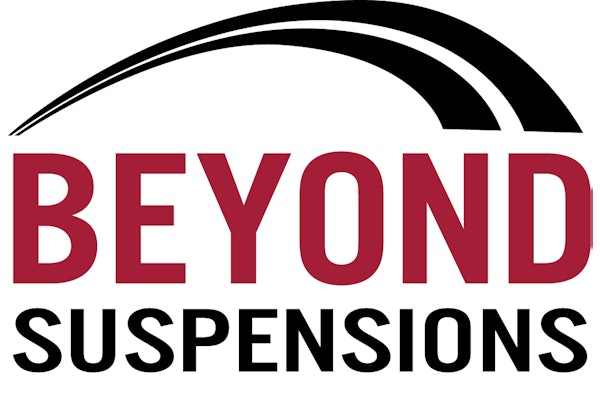By Derek Smith
 Few trucking applications are as abusive and punishing to vehicles as logging. Logging trucks often see both on- and off-highway use, the latter of which can include steep grades and inhospitable terrain.
Few trucking applications are as abusive and punishing to vehicles as logging. Logging trucks often see both on- and off-highway use, the latter of which can include steep grades and inhospitable terrain.
The loads are also severe, particularly in the Northwest U.S. and Canada where “hard wood” is farmed, as opposed to the softer variety harvested in the Southeast U.S. It makes for heavy, shock loading of product that is susceptible to shifting and settling during transit.
While these harsh conditions are bad for the trucks, they are good for those who support the vehicles in the aftermarket. Logging trucks require more frequent service intervals, repairs and replacement parts.
At Inland Kenworth in Kamloops, British Columbia, Reinhard Wilimek estimates that about 40 percent of the vehicles sold in this market are into the logging industry. They generate substantial aftermarket business.
“We replace many of the same parts that we do in the highway market, but a lot more frequently,” says Wilimek. “The major components on the logging trucks – like the engine, transmission and diffs [differentials] – are probably replaced almost twice as often compared to your typical highway application.”
For instance, he says, while an engine running strictly over the road can go one million or more miles before it needs an overhaul, that same engine in a logging application may only last half that mileage before needing an overhaul.
And it isn’t just the major components that take a beating. The demanding duty cycles take their toll, bumper to bumper.
“It’s a lot different than running over the pavement all the time,” Wilimek says. “You have mud, gravel and rocks to contend with. Things like brakes, tires, even down to the cross members and electrical wiring, it all takes a lot more of a beating than it does in a highway application.”
Logging is particularly taxing on the truck suspension.
“It’s heavy, heavy loads over very rough terrain,” says Randy Luthe, general manager of Potter Webster Company, headquartered in Portland, Ore. “You can crack frames, you can crack brackets and you can crack the suspension itself.”
Additionally, he says, since many log-truck drivers are paid by the load rather than the hour, “they’re trying to push as fast as they possibly can on those off-road situations.”
While suspensions used on-highway typically need little more than general maintenance over the course of many years, their off-road counterparts may need more serious attention in as little as two or three years. “Then it has to be rebuilt or some components replaced on it,” says Wilimek. “They [loggers] break a lot more suspension parts that don’t break on the highway. They take a real pounding.”
As such, he says, distributors and installers serving logging customers should stock springs and beams, items not usually kept on-hand in mainly urban or over-the-road markets.
Keeping the suspension maintained and spotting problems before component failure can be particularly tricky with logging trucks. It’s hard to inspect and diagnose what can’t be seen.
“You really have to clean that suspension before you can inspect it. There are a lot of suspension areas that can get really caked with mud and junk and a technician can’t see if there’s a problem when it’s just completely caked over,” says Luthe. “So most logging shops have wash racks or wash bays so that they can pressure wash those suspensions and actually look at the axles, the suspension, etc. It’s probably more of a specialty requirement for the logging industry than any other.”
In addition to rebuild and replacement opportunities at twice the rate of highway trucks, maintenance intervals are also more frequent. Keeping everything well greased is especially important as the higher stresses of this application means it needs to be replenished more often.
In general, Luthe says to follow the maintenance guidelines provided by the manufacturer for severe-service applications.
Wilimek says logging customers also provide Inland Kenworth with another service opportunity.
“We do a lot of service calls in the field for logging customers because if they are broken down with a load of logs, then it’s pretty tough to just bring the truck into town. You would have to bring in other rigging to unload the truck, so a lot of times it’s easier to send someone out to do the repairs.”
He says their mobile service trucks are all 3- to 5-ton, four-wheel-drive trucks equipped with most anything a field technician will need, including air compressors and welding equipment.
As with serving any specialty market, the savvy aftermarket business needs to respond to customer needs; even if it requires going over the rocks and through the muck to do so.






